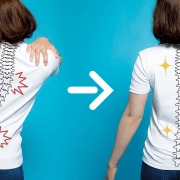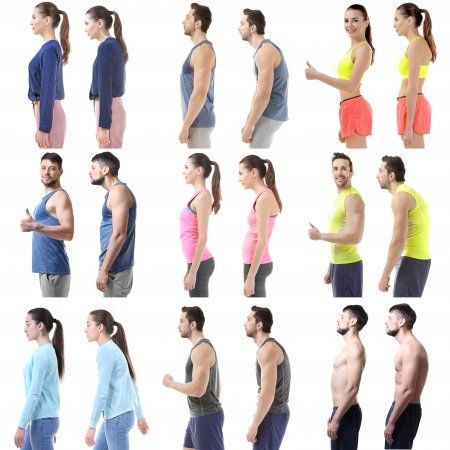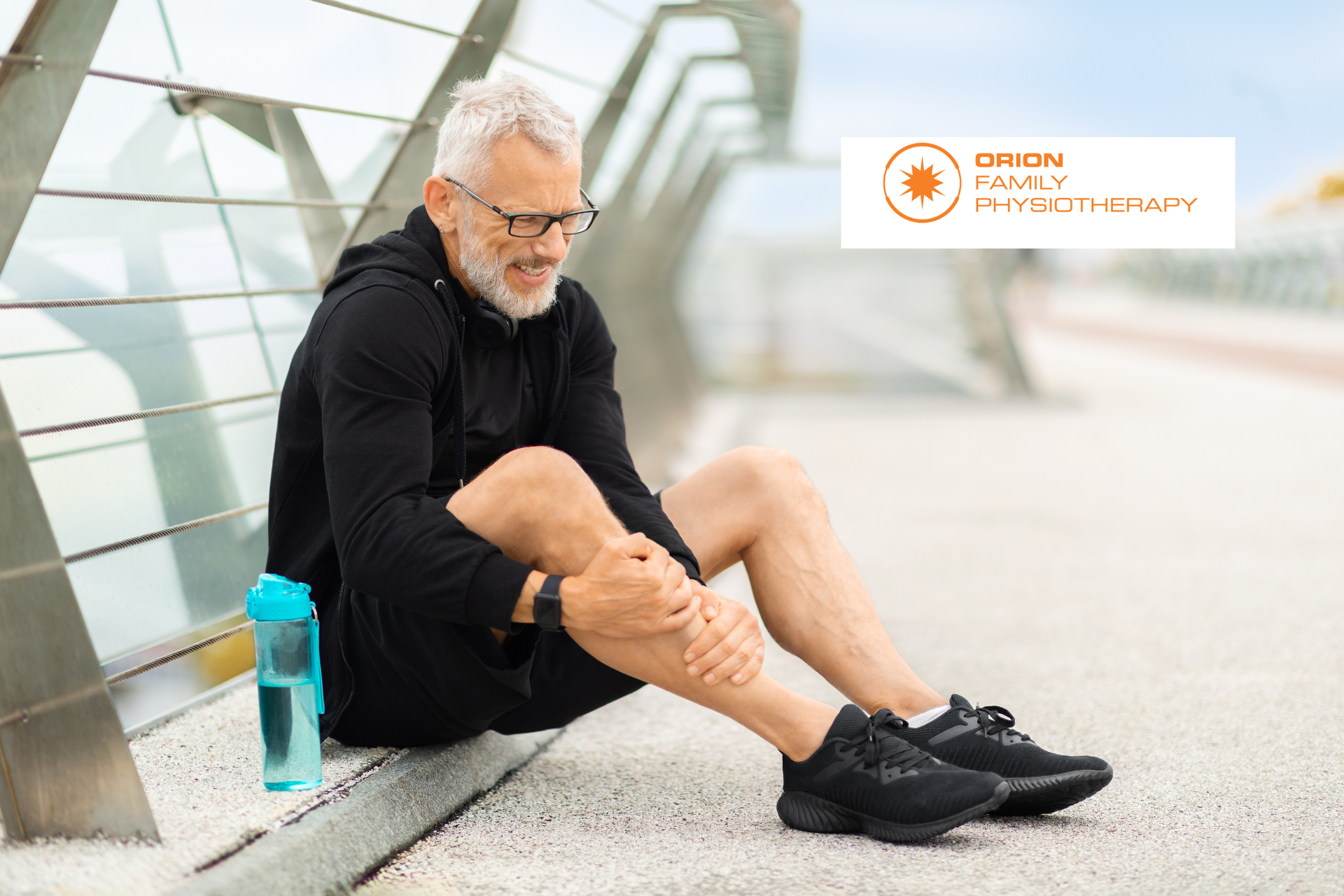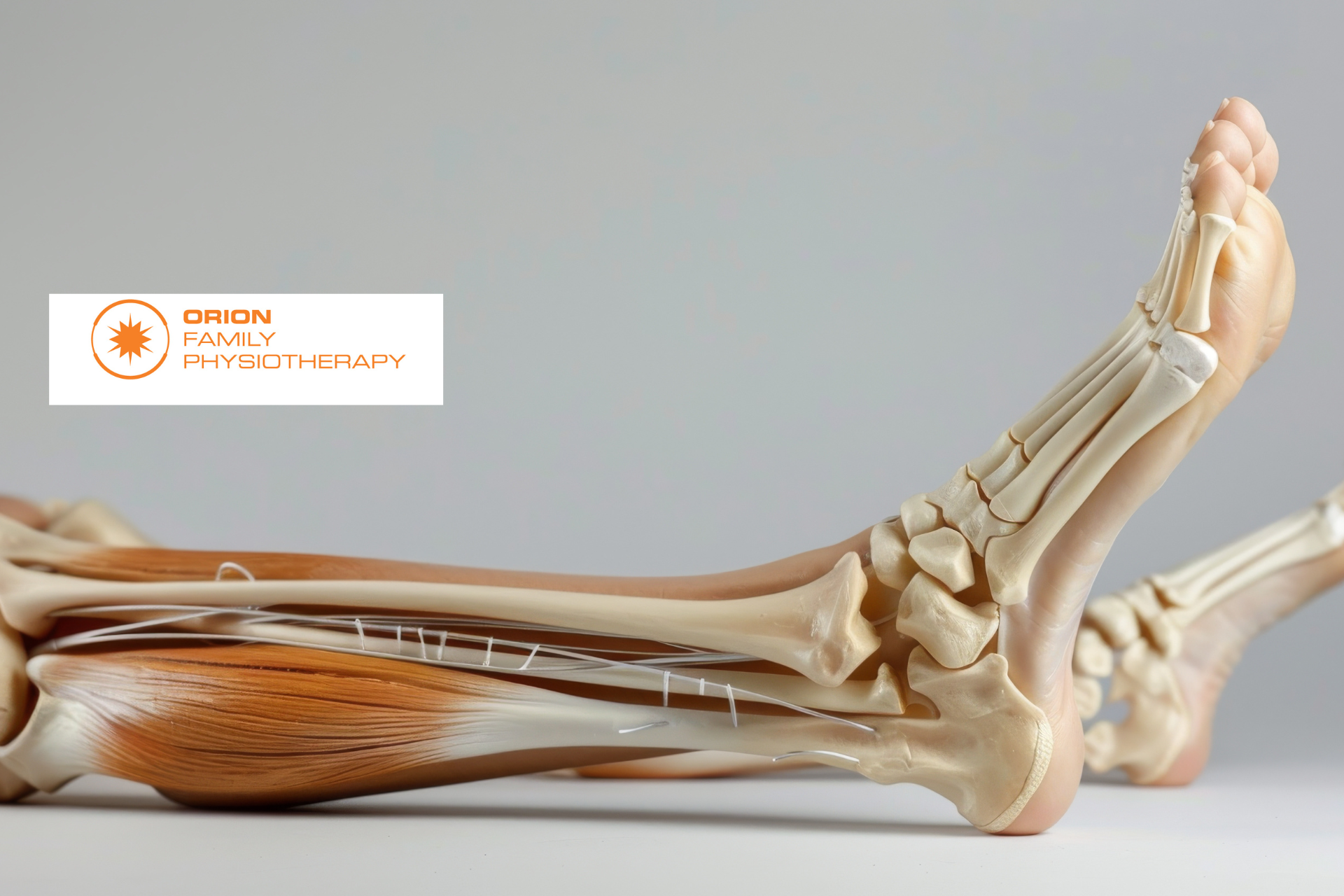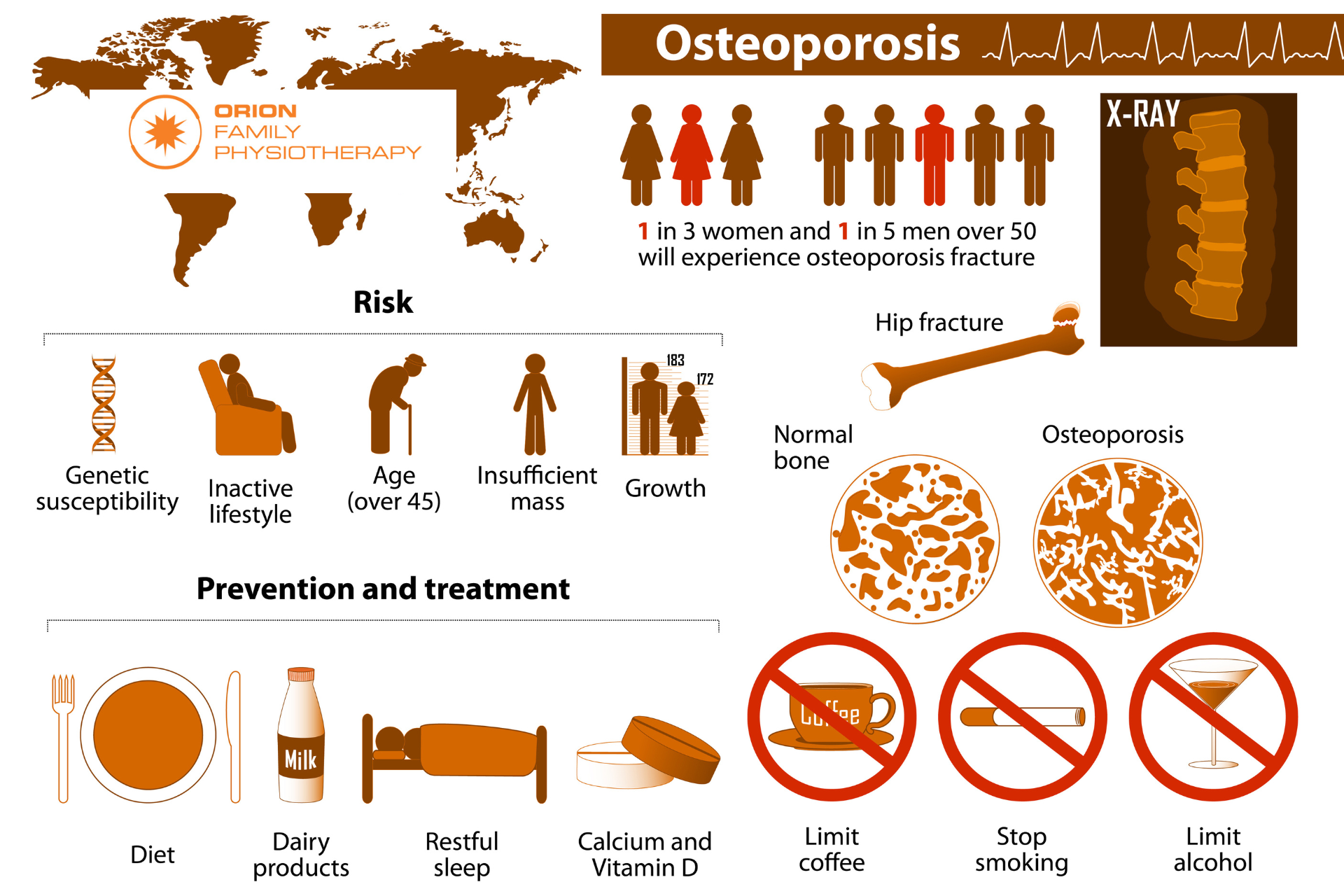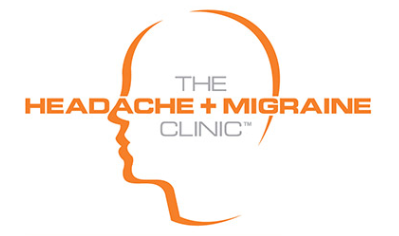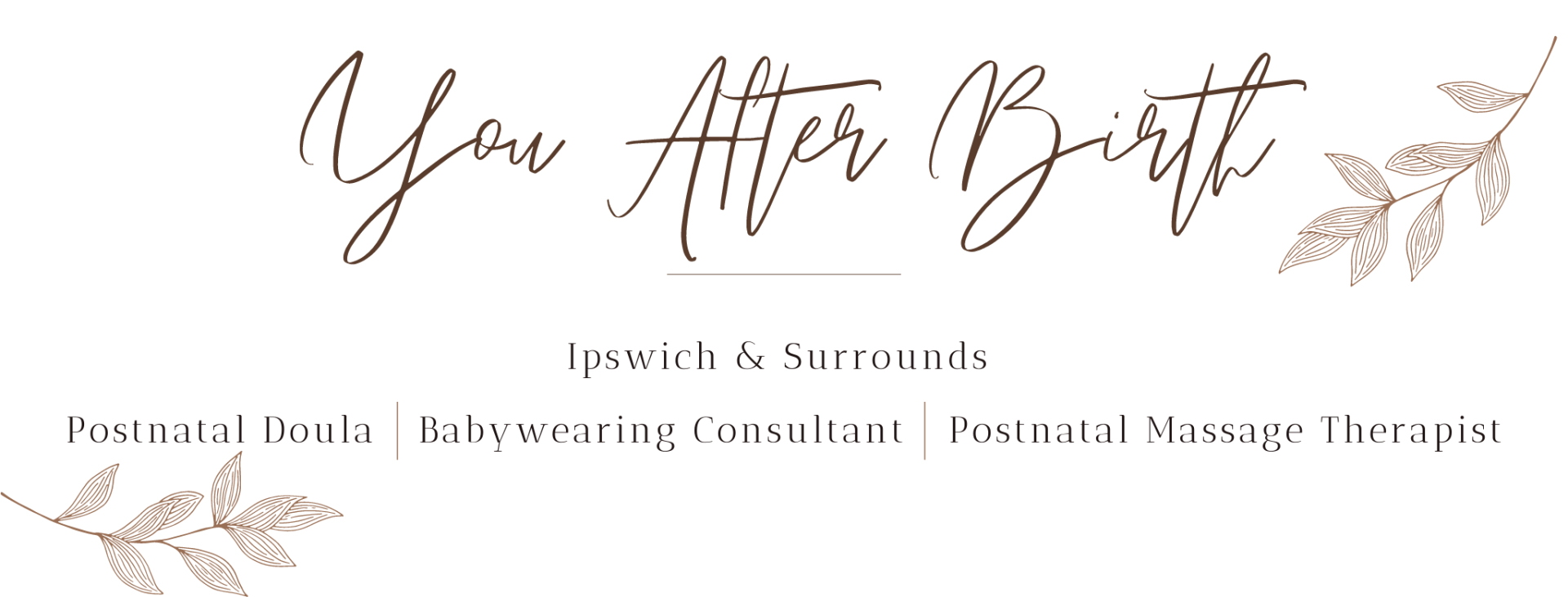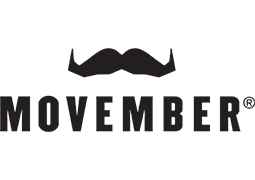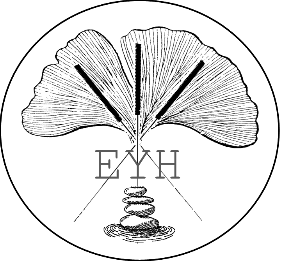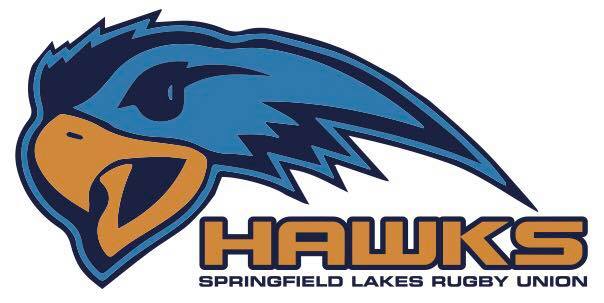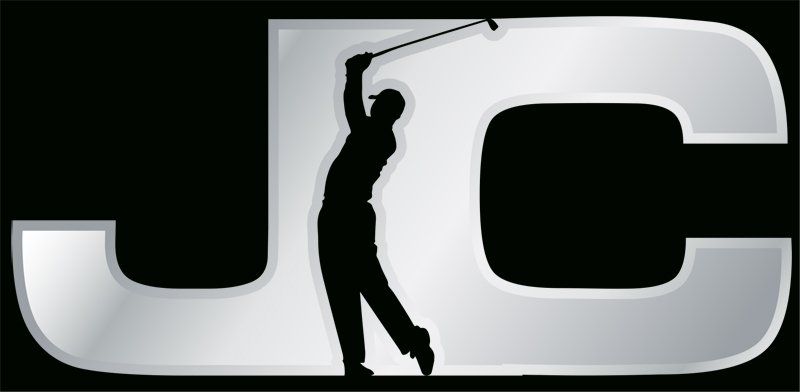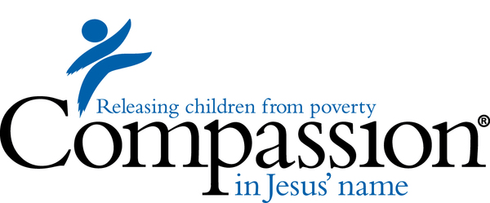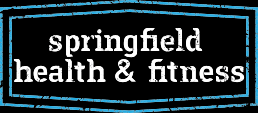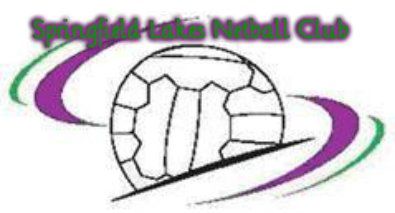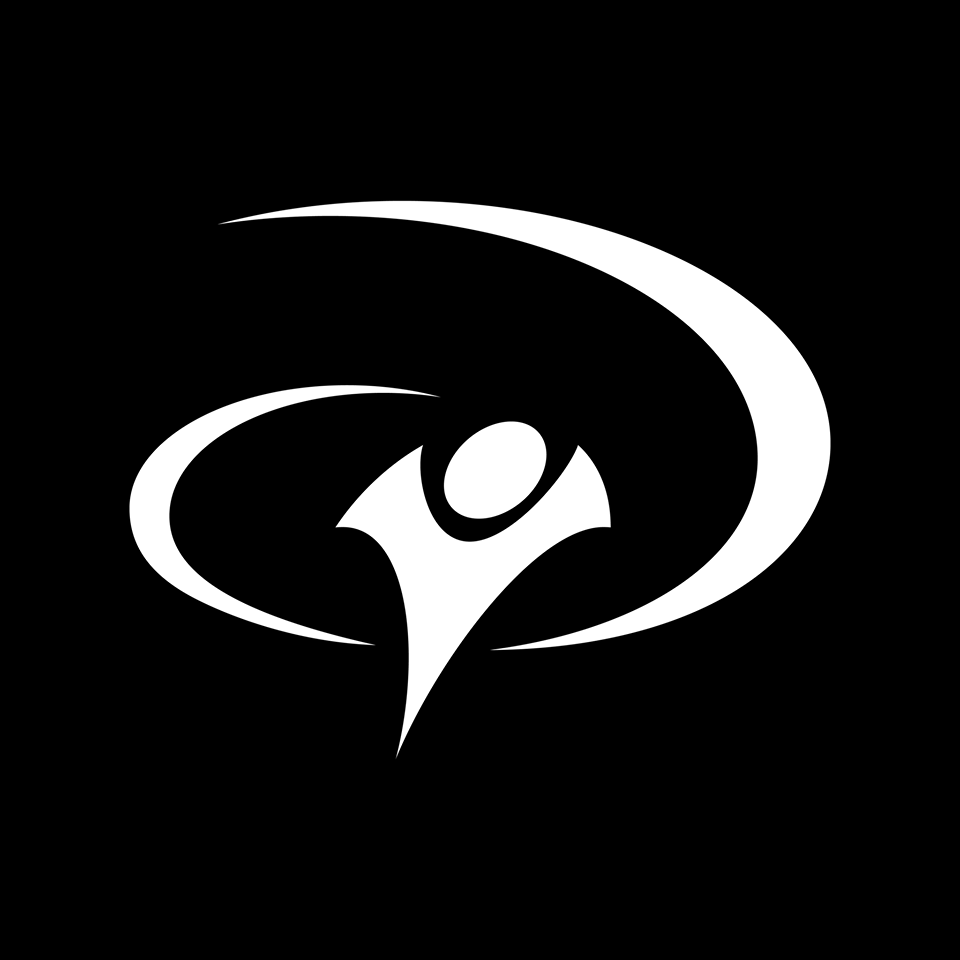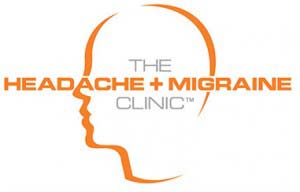Improve Your Posture for Better Health
July 17, 2019
Want the secret of the easiest way to decrease your risk of neck pain, headaches and low back pain?
Improve your posture! Especially your sitting posture.
It’s been well documented in research for years and years that sitting with a less than ideal posture loads your discs between your vertebrae considerably. In fact sitting in a slouched position puts almost twice the pressure on your lumbar disks than standing! Now imagine how much increased load and pressure is accumulated over a period of months or even years of poor posture…. no wonder low back pain is so common!
Now there are of course other predisposing factors to all sorts of low back pain but posture is among the most important.
Poor posture can cause:
Cervicogenic headaches – poor neck alignment is the leading cause of headaches due to the strain put on the muscles of the upper neck.
Low back pain – well documented in research.
Shoulder and mid back pain – sure to load muscles and joints so others have to work harder and are under more stress.
Impaired sports and exercise performance – tight and weak muscles are no good for optimal performance.
Gut issues – poor posture can lead to digestive challenges by slightly compressing your organs, slowing down your digestive process and adversely impacting your metabolism.
Poor sleep – not ideal posture can negatively impact your sleep. When the muscular system is stressed, we have a hard time fully relaxing.
Worse mood & motivation – research has shown that bad posture correlates with bad mood and motivation. A better posture will mean your are more productive.
Slower exercise recovery – Poor posture can overwork certain muscles which will lead to more fatigue and pain during and after a workout.
Reasons for poor posture:
Habit – lack of awareness
Tight muscles that decrease range of motion and encourage your joints to sit in poor positions.
Muscle weakness – long term poor posture results in weakness of muscles that should easily be able to hold you in a good alignment all day. In fact often when people start to really work on their posture they feel their back muscles get sore and tired from the effort. But don’t worry, they will strengthen and adapt – as they are meant to!
How do you correct it?
- See your Physio for a posture and biomechanics assessment
- Have better awareness of your postures in all of your activities through the day
- Strengthen your postural muscles and core
- Loosen the muscles and joints that have too much stress through them.
Correct posture:
- chin in – not tilted down or poking forward
- shoulders back and down
- neutral spine (don’t arch to overemphasize the curve in your lower back)
- arms at your sides with elbows straight and even
- hips and pelvis even
- knees even, not locked and pointing straight ahead
- body weight distributed evenly on both feet.
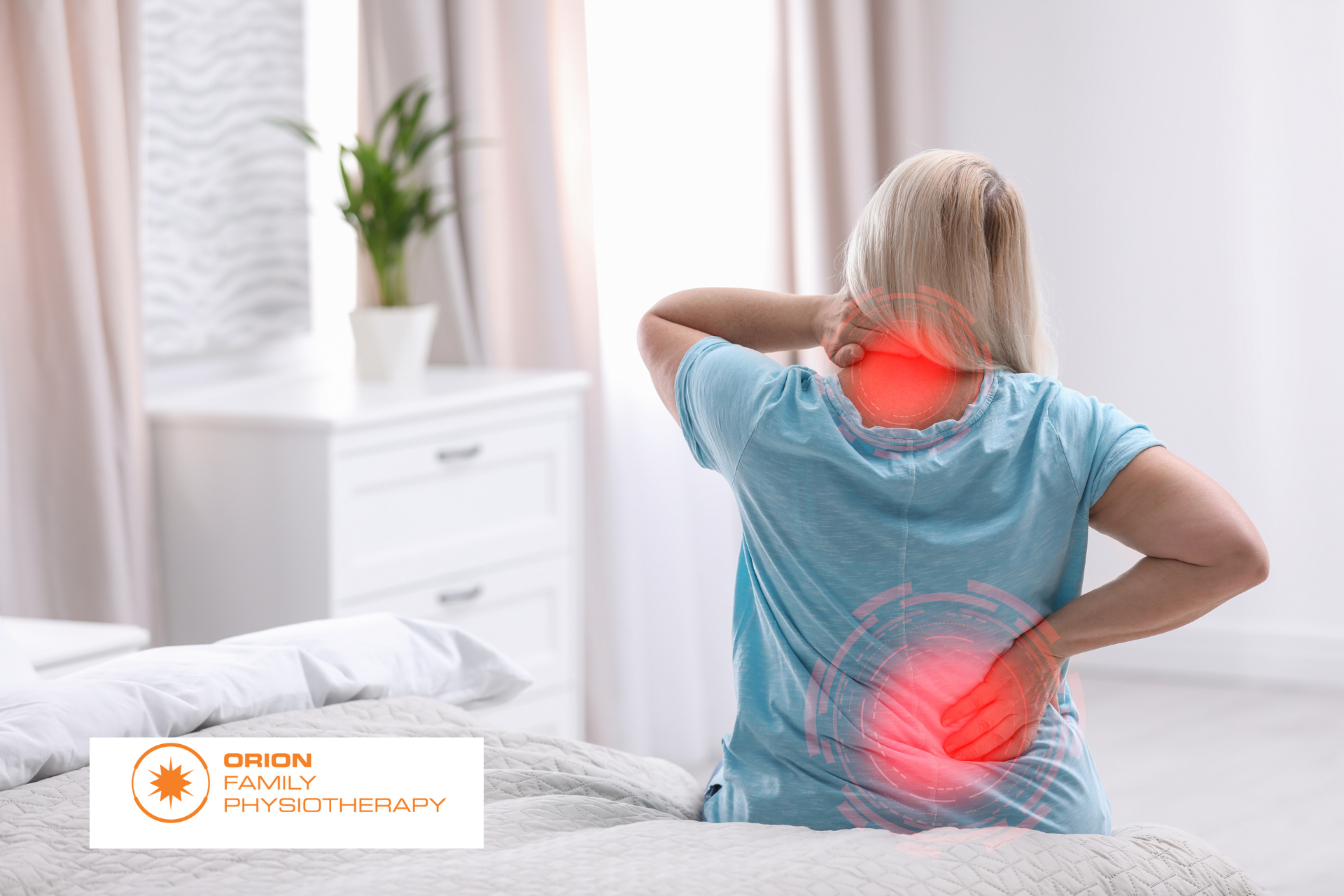
Most tissues in the body have healed completely in six to 12 weeks following an injury, however, many people have severe pain that lasts much longer than this. We know that the intensity of the pain you feel is not always associated with a similar amount of damage. In some cases, there can be a severe amount of pain with almost no detectable damage. With this in mind, we explore some reasons why your pain might not be getting better, long after the tissues have healed. You’re afraid of the pain. Pain can mean many different things, for some of us pain can affect our ability to work or can be a symptom of a serious disease. What you believe about your pain can either amplify or reduce the symptoms you experience. If you feel that every time you experience pain you are causing more damage, you will naturally pay more attention to this and your nervous system will amplify the signals in an attempt to keep you safe. If you understand the cause of your pain and know that while there is discomfort, you are not in danger of causing more damage, often the pain will feel less severe. This is one of the benefits of seeing a physiotherapist after your injury as they can help you to understand your pain, giving you more control over your recovery. You started moving differently after the injury. Immediately after an injury, it’s natural to change the way you move to avoid painful movements. After a while, these changed movement patterns can become maladaptive and actually begin to cause pain and discomfort on their own due to the altered stress patterns placed on your body. Correcting these adaptive movement patterns can often go a long way in reducing pain after an injury. You might not have noticed these changes and might need a physiotherapist to identify and help you to return to your usual movement pattern. You have lost muscle strength since the injury. While a certain amount of rest following an injury is always helpful, if we stop moving altogether, our muscles can lose strength. This can mean that our posture changes, we fatigue easier during our usual activities and that we are more susceptible to further injury. Less movement also means we actually focus on the pain more when it does happen. Physiotherapists are able to advise you on the right types and amounts of excercise for you in the period following your injury. The pain has affected your lifestyle. When pain affects your ability to sleep, work and even concentrate, it’s not surprising that this can have a negative affect on your overall wellbeing and mental health. This can create a negative cycle of anxitey and depression that perpetuates and increases the experience of pain. If your pain is really getting you down, speaking to a mental health professional can actually be a valuable part of your physical recovery
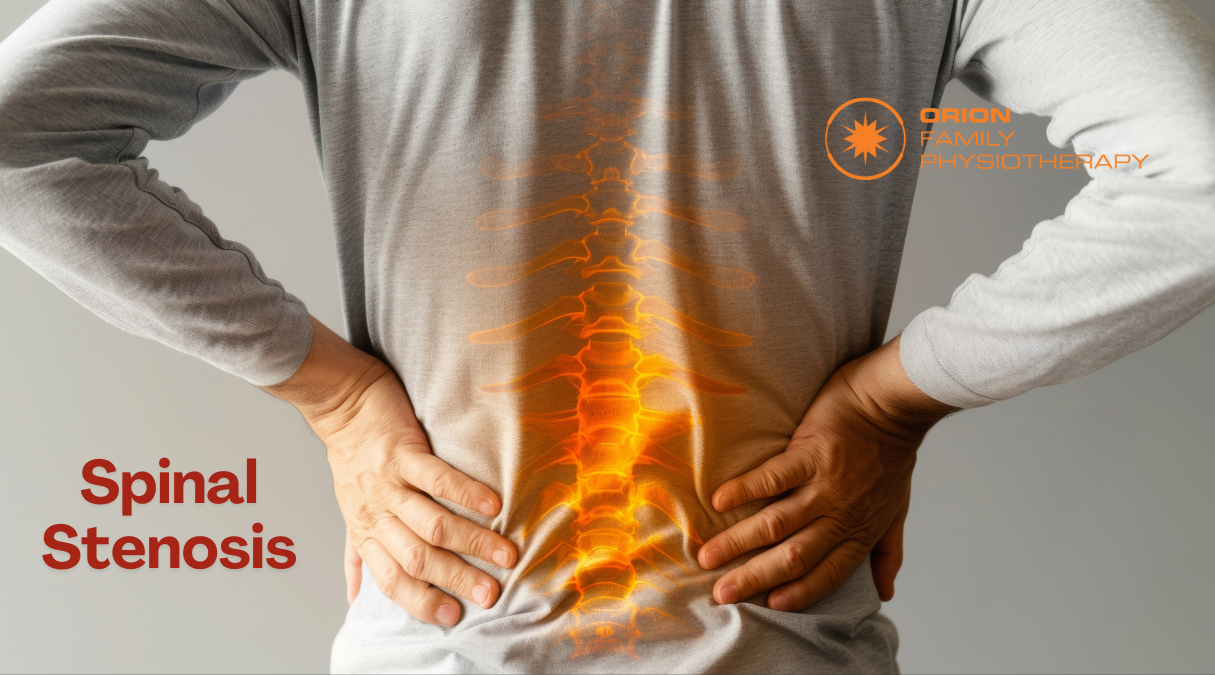
What is spinal stenosis? The spinal cord, nerves and arteries are housed by the spine, which acts as a hard electrical casing to support and protect these vulnerable structures. The spine has a hollow column that allows the spinal cord to run from the brain to the rest of the body. At each spinal segment, nerves exit the spine and supply the tissues of the body. There is also an intricate network of small veins and arteries that provide blood to the spinal cord and vertebrae, providing them with the nutrients needed to operate. Spinal stenosis is characterized by a narrowing of the spaces that house the spinal cord, nerves and blood supply. A variety of factors can cause spinal stenosis, however overwhelmingly it is caused by degenerative changes to the spine as we age. Many people over the age of 60 will have spinal stenosis; however, not all will have pain. Clinically, spinal stenosis is used to describe the painful symptoms of this condition rather than just the narrowing itself.
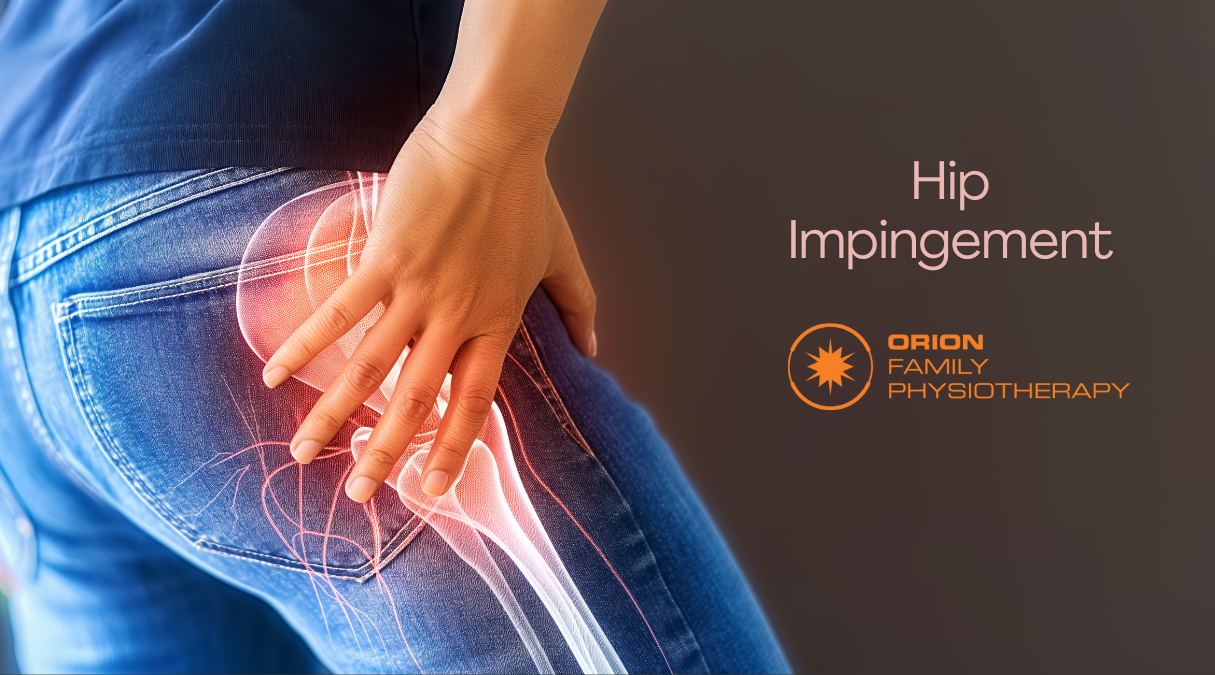
What is it? When the two surfaces of the hip joint move over each other, they usually move freely without any friction. If there is an alteration to either the socket part of the joint (the acetabulum) or the ball (the head of the femur), irritation may occur as the two surfaces move over each other. This is known as Femoroacetabular impingement, a common disorder of the hip, characterized by pain and stiffness. Femoroacetabular impingement can be classified as cam, pincer or mixed. A cam FAI occurs when the femoral head junction is flattened or a small bump is present. Pincer type of impingement occurs when the acetabular rim extends slightly, causing the femur to be impacted. Cam impingement is more common in men while pincer impingement is more common in women. However, most cases of FAI (about 85%) are mixed, meaning they both have cam and pincer types of impingement.
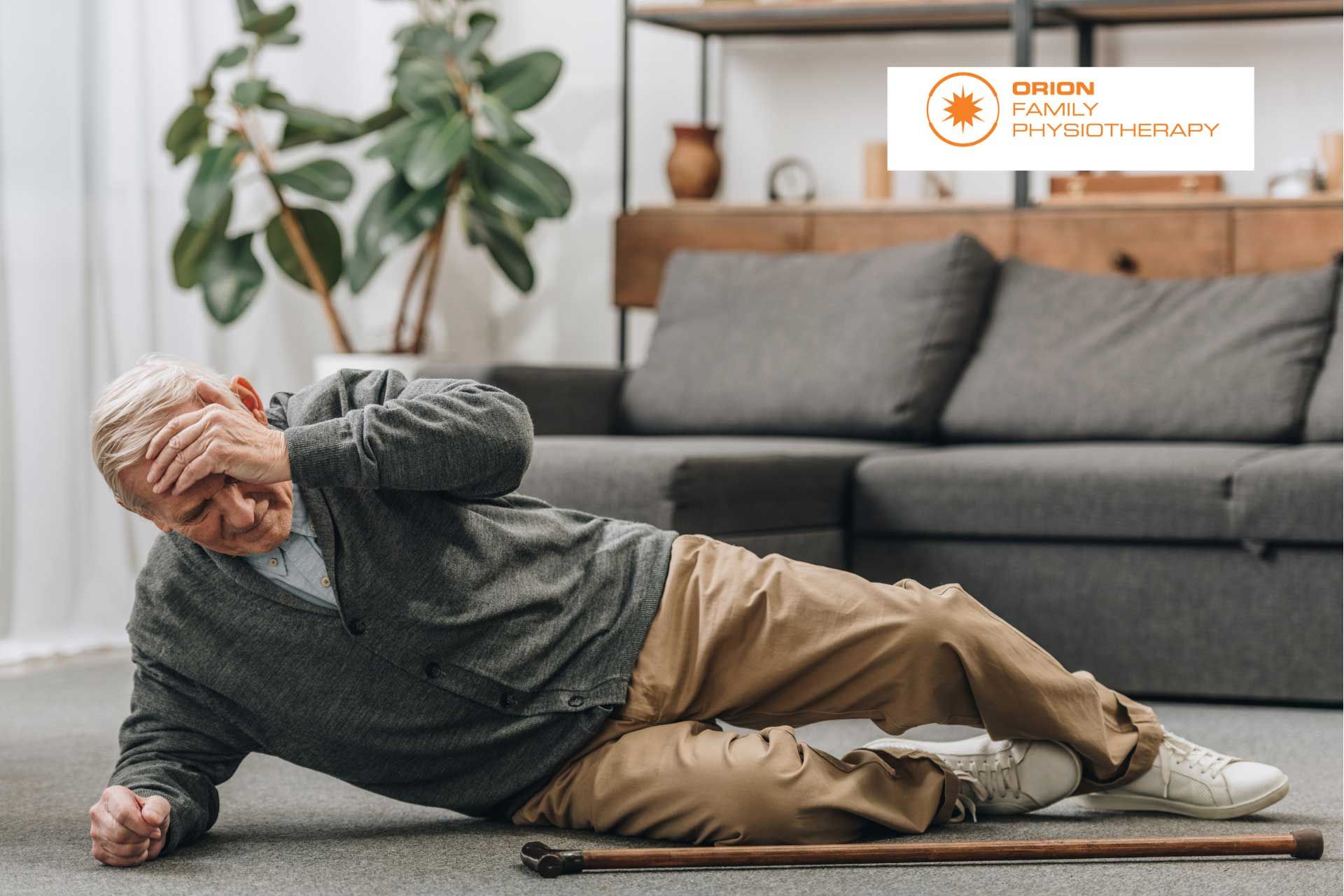
Ankle sprains are one of the most common sporting injuries and most people have experienced one at least once in their lifetime. While they are common, this doesn’t lessen their negative impacts. Surprisingly, having poor balance might be increasing your risk of ankle sprains. Here we discuss a few facts about balance and what you can do to reduce your risk of ankle injuries.
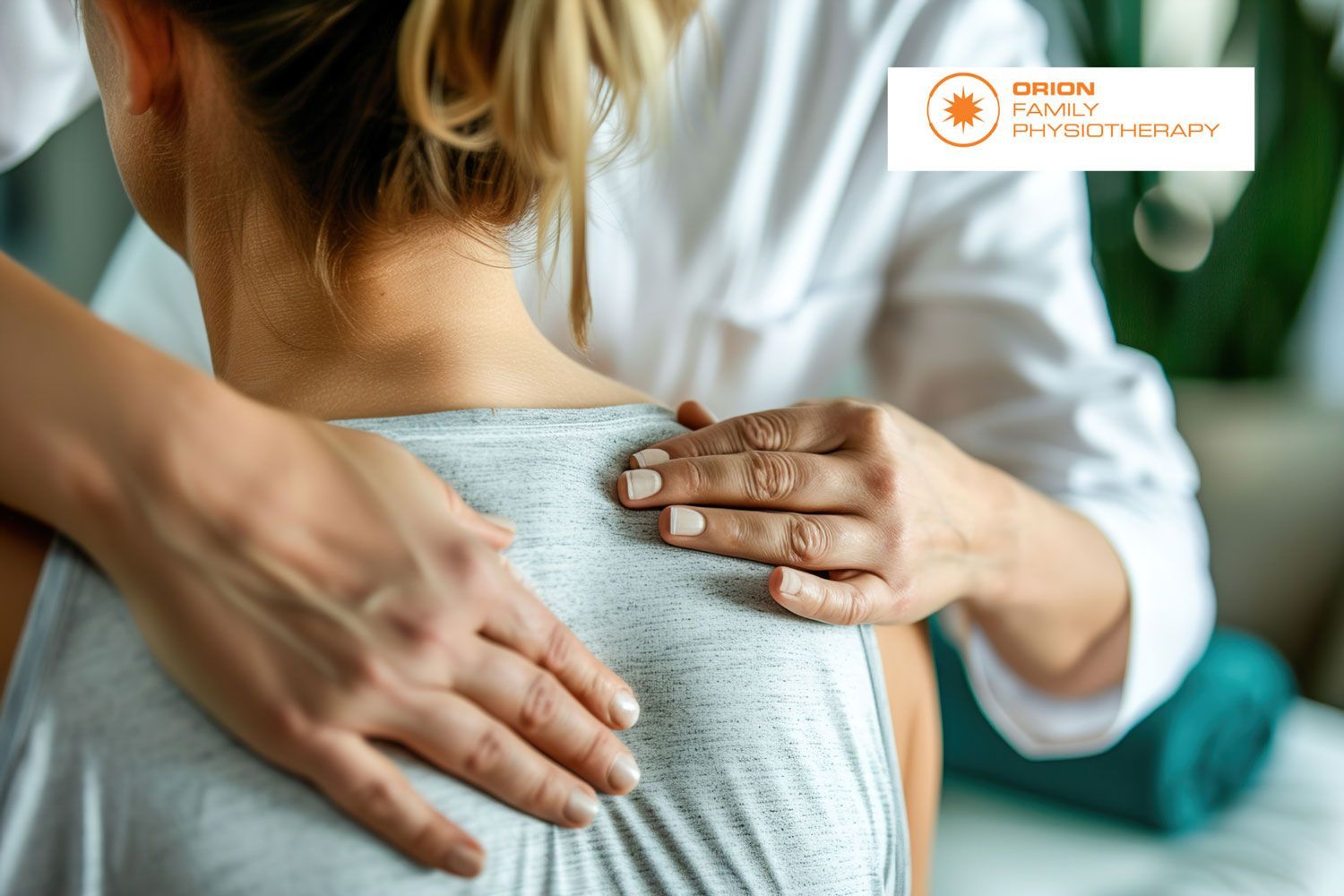
What Are They? Muscular trigger points are better known to most of us as muscle knots and can feel like painful, hard lumps located inside muscles. These knots can both be painful to touch and refer pain in surrounding areas. It is thought that trigger points form when a portion of muscle contracts abnormally, compressing the blood supply to this area, which, in turn, causes this part of the muscle to become extra sensitive. Trigger points are a common source of pain around the neck, shoulders, hips and lower back.
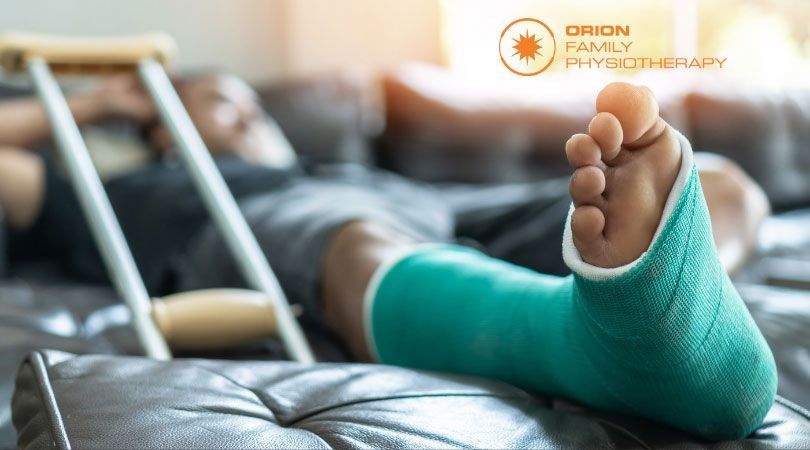
When injury strikes, the first thing that most of us want to know is ‘how long will this take to heal?’ Unfortunately, the answer to this can be complicated and requires at least a little understanding of how the different tissues of the body heal. Each of the tissues of the body, including muscles, tendons, ligaments and bone, heal at different speeds and each individual will have some variation on those times as a result of their individual health history and circumstances.

